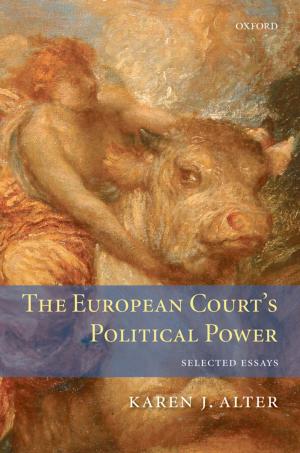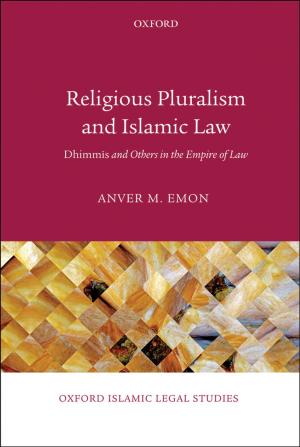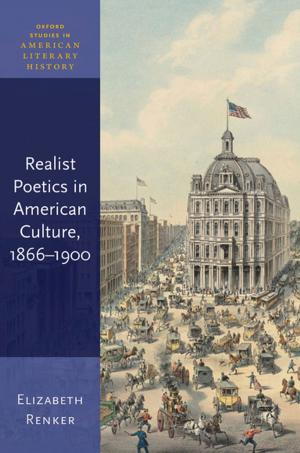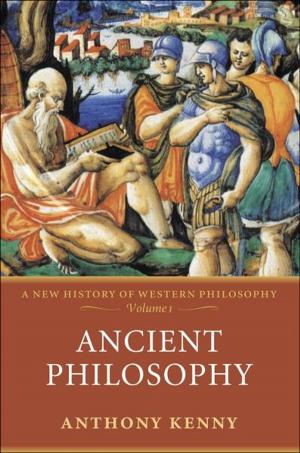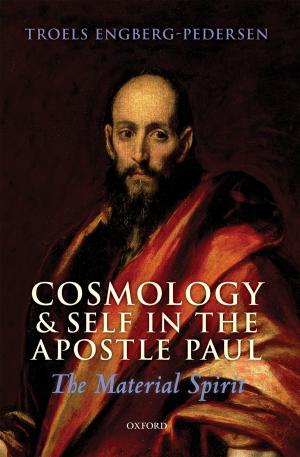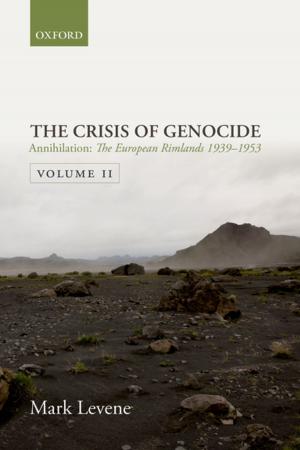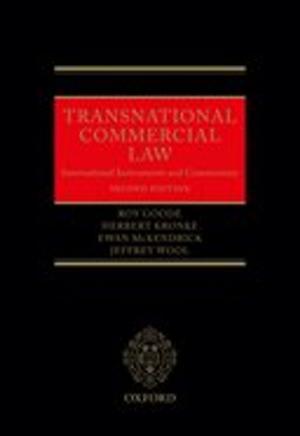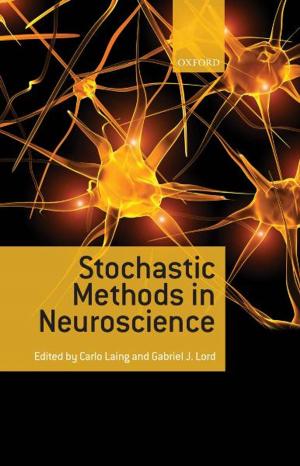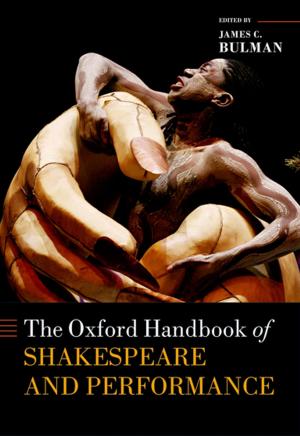Shelleyan Reimaginings and Influence
New Relations
Fiction & Literature, Literary Theory & Criticism, Poetry History & Criticism| Author: | Michael O'Neill | ISBN: | 9780192570376 |
| Publisher: | OUP Oxford | Publication: | February 20, 2019 |
| Imprint: | OUP Oxford | Language: | English |
| Author: | Michael O'Neill |
| ISBN: | 9780192570376 |
| Publisher: | OUP Oxford |
| Publication: | February 20, 2019 |
| Imprint: | OUP Oxford |
| Language: | English |
Through attuned close readings, this volume brings out the imaginative and formal brilliance of Percy Bysshe Shelley's writing as it explores his involvement in processes of dialogue and influence. Shelley recognizes that poetic individuality is the reward of connectedness with other writers and cultural influences. 'A great Poem is a fountain forever overflowing with the waters of wisdom and delight', he writes, 'and after one person and one age has exhausted all its divine effluence which their peculiar relations enable them to share, another and yet another succeeds, and new relations are ever developed, the source of an unforeseen and an unconceived delight' (A Defence of Poetry). He is among the major Romantic poetic exponents and theorists of influence, because of his passionately intelligent commitment to the onward dissemination of ideas and feelings, and to the unpredictable ways in which poets position themselves and are culturally positioned between past and future. The book has a tripartite structure. The first three chapters seek to illuminate his response to representative texts, figures, and themes that constitute the triple pillars of his cultural inheritance: the classical world (Plato); Renaissance poetry (Spenser and Milton); Christianity and, in particular, the concept of deity and the Bible. The second and major section of the book explores Shelley's relations and affinities with, as well as differences from, his immediate predecessors and contemporaries: Hazlitt and Lamb; Wordsworth; Coleridge; Southey; Byron; Keats (including the influence of Dante on Shelley's elegy for his fellow Romantic) and the great painter J. M. W. Turner, with whom he is often linked. The third section considers Shelley's reception by later nineteenth-century writers, figures influenced by and responding to Shelley including Beddoes, Hemans, Landon, Tennyson, and Swinburne. A coda discusses the body of critical work on Shelley produced by A. C. Bradley, a figure who stands at the threshold of twentieth-century thinking about Shelley.
Through attuned close readings, this volume brings out the imaginative and formal brilliance of Percy Bysshe Shelley's writing as it explores his involvement in processes of dialogue and influence. Shelley recognizes that poetic individuality is the reward of connectedness with other writers and cultural influences. 'A great Poem is a fountain forever overflowing with the waters of wisdom and delight', he writes, 'and after one person and one age has exhausted all its divine effluence which their peculiar relations enable them to share, another and yet another succeeds, and new relations are ever developed, the source of an unforeseen and an unconceived delight' (A Defence of Poetry). He is among the major Romantic poetic exponents and theorists of influence, because of his passionately intelligent commitment to the onward dissemination of ideas and feelings, and to the unpredictable ways in which poets position themselves and are culturally positioned between past and future. The book has a tripartite structure. The first three chapters seek to illuminate his response to representative texts, figures, and themes that constitute the triple pillars of his cultural inheritance: the classical world (Plato); Renaissance poetry (Spenser and Milton); Christianity and, in particular, the concept of deity and the Bible. The second and major section of the book explores Shelley's relations and affinities with, as well as differences from, his immediate predecessors and contemporaries: Hazlitt and Lamb; Wordsworth; Coleridge; Southey; Byron; Keats (including the influence of Dante on Shelley's elegy for his fellow Romantic) and the great painter J. M. W. Turner, with whom he is often linked. The third section considers Shelley's reception by later nineteenth-century writers, figures influenced by and responding to Shelley including Beddoes, Hemans, Landon, Tennyson, and Swinburne. A coda discusses the body of critical work on Shelley produced by A. C. Bradley, a figure who stands at the threshold of twentieth-century thinking about Shelley.

